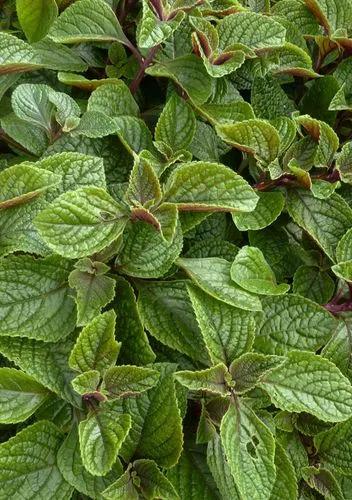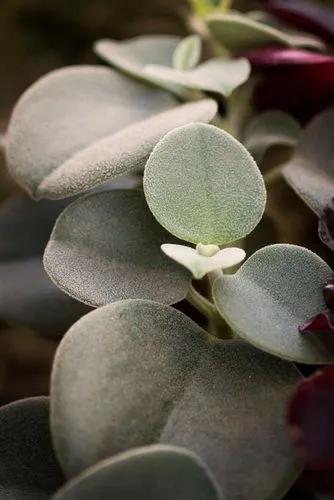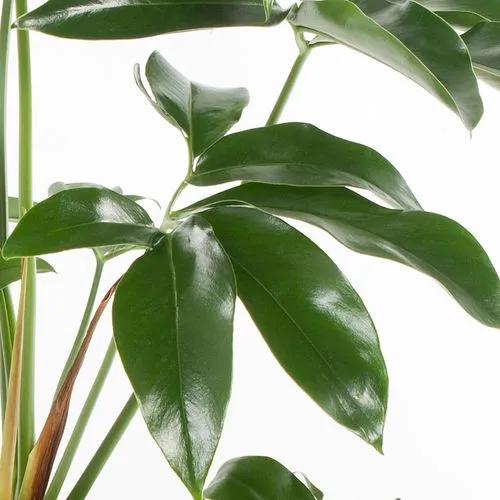Plectranthus 'Nico' (ht 20cm) was apparently developed from Plectranthus ambiguus, a groundcover plant from South Africa. However, in appearance it resembles a superior version of Plectranthus ciliatus. Like that plant, it has an autumn veil of long spires of dainty lilac-tinged flowers across its purple-veined and purple-backed foliage; however, its leaves are larger and more textured, and the veins are more pronounced. It is just as tough and will grow in the most uncongenial shady places and can form a dense, weed-suppressing carpet under trees or shrubs, or can cascade over retaining walls. It is stunning when in full bloom.
Nico Swedish Ivy Care
Plectranthus 'nico'



What is the plant
How to Care for the Plant

Water

It is considered to be drought-tolerant, and thus makes an ideal choice for a low-water garden or xeriscape application

Fertilizer

Water freely and fertilise monthly during active growth, but keep just moist in winter.

Sunlight

This plant does best in partial shade to shade.
Ease your plant care routine with PlantIn's personalized system.

Soil

t prefers dry to average moisture levels with very well-drained soil, and will often die in standing water.

Temperature

To grow from seed, sow ripe seed at 66° to 75°F.

Popularity

74 people already have this plant 25 people have added this plant to their wishlists
What's wrong with your plant?
Related Plants
Discover more plants with the list below
Popular articles






